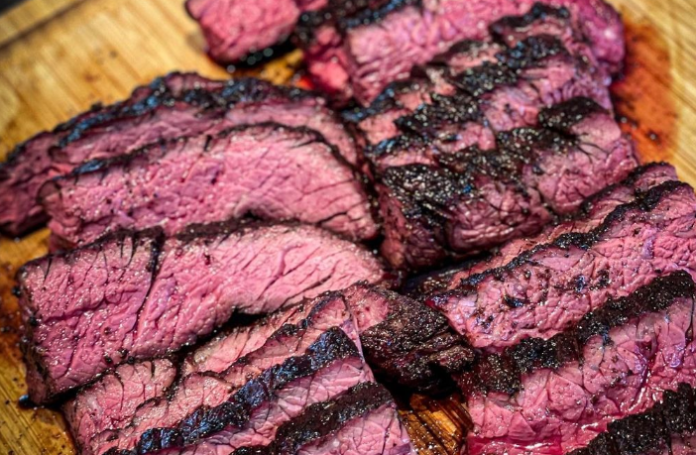Numerous factors influence the succulence and tenderness of a strip steak or roast chicken: the meat’s quality, its initial temperature before grilling or roasting, and the cooking method itself. But if you’re aiming for an impeccably juicy meat dish, the secret lies in allowing the meat to rest after cooking. You might have heard this practice described as “locking in the juices,” but what does that really entail? Let’s delve into the details.
Firstly, before embarking on the cooking process, permit the meat to reach room temperature for approximately half an hour. This step serves to remove the chill from the meat, thereby preserving its tenderness. Alternatively, placing a cold piece of meat, freshly extracted from the refrigerator, into a scorching pan will essentially startle the meat’s fibres, causing them to constrict and leading to a tough, chewy outcome. But what should you do once your meat attains the ideal internal temperature? Exercise some patience and grant it a brief reprieve.
Why rest the meat at all?
Why is it necessary to let meat rest post-cooking? There exist two compelling reasons to allow meat to rest once it has completed its cooking journey. As meat undergoes the cooking process, the internal juices and moisture gradually ascend towards the surface. Slicing the meat immediately upon completion will prompt these precious juices to spill out, forming a pool on the cutting board. Allowing the meat to rest provides ample time for the muscle fibres to relax and facilitates the redistribution of these vital juices throughout the cut. Without this crucial step, the meat’s taste will be parched, regardless of its premium quality.
The act of letting the meat rest is also pivotal for ensuring that it reaches the correct internal temperature. It is advisable to remove a steak from the grill or a roast from the oven when it sits approximately three to five degrees below the desired internal temperature. During the resting period, residual heat continues to elevate the internal temperature by approximately five degrees. Consequently, a turkey should be removed when a thermometer, inserted into the thickest section of the bird, registers 68°C. Similarly, for a medium-rare steak, withdraw it from the heat source at the point when it reaches 51°C.
How long should you allow meat to rest post-cooking?
As a general rule, smaller cuts of meat such as herb-infused pork chops or steak au poivre necessitate a brief resting period of five to ten minutes prior to carving and serving. Conversely, for larger cuts like a roast, a waiting period of 15 to 20 minutes is recommended before slicing. This duration represents the optimal compromise, allowing ample time for the juices to evenly disperse within the roast while keeping the meat suitably warm for serving.
If concerns arise about the meat cooling down during this interval, the option to cover it with aluminium foil is always available. Does this imply that you must wait for ten minutes before indulging in a grilled burger? Not exactly. These guidelines primarily pertain to substantial meat cuts and poultry that require slicing or carving, such as a Thanksgiving turkey or a pork loin roast.


